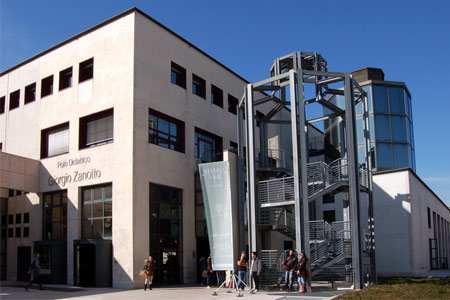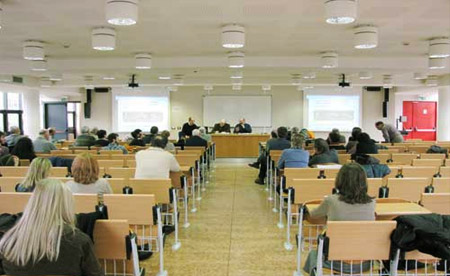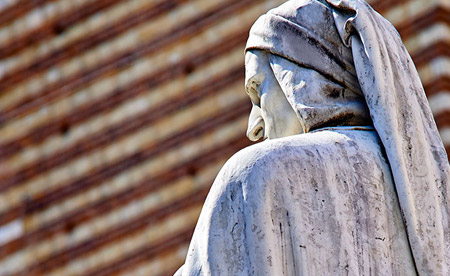- Authors:
-
Mastrocinque, Attilio
- Title:
-
The Cilician God Sandas and the Greek Chimaera: Features of Near Eastern and Greek Mythology Concerning the Plague
- Year:
-
2007
- Type of item:
-
Articolo in Rivista
- Tipologia ANVUR:
- Articolo su rivista
- Language:
-
Inglese
- Format:
-
A Stampa
- Referee:
-
Sì
- Name of journal:
- JOURNAL OF ANCIENT NEAR EASTERN RELIGIONS (PRINT)
- ISSN of journal:
- 1569-2116
- N° Volume:
-
7
- Number or Folder:
-
2
- Page numbers:
-
197-217
- Keyword:
-
religioni anatoliche; gemme magiche; religioni impero romano.
- Short description of contents:
- A gem in the Museum of Castelvecchio (Verona) depicts the god Sandas of Tarsos with his terrible animal: the lion-goat. On the reverse side there is the inscription YOYO. The epigraphical and archaeological evidence from Anatolia, from Hittite to Hellenistic times, proves that Sandas was a underworld god protecting tombs and sending pestilences when angry. He was appeased by offerings to his terrible ministers, who were usually seven. Similarly Nergal or Erra (similar to Sandas) in Mesopotamia, and Sekhmet in Egypt had seven animal-headed terrible ministers, who were able to bring pestilences and death. A Hittite inscription mentions Yaya as Sandas' female partner. Her name is very similar to the Yoyo on the Verona gem. Sandas was identified with Heracles because of his relations with the underworld realms and his warlike features. The lion-goat of Tarsus was the model of Greek Chimaera. In fact the myth of Bellerophon took its place in Lycia and Cilicia. In Hellenistic age the original form of this monster was better known and therefore we find its typical features in Hellenistic and Roman sculptures and reliefs.
- Product ID:
-
40801
- Handle IRIS:
-
11562/316797
- Deposited On:
-
March 13, 2012
- Last Modified:
-
November 10, 2022
- Bibliographic citation:
-
Mastrocinque, Attilio,
The Cilician God Sandas and the Greek Chimaera: Features of Near Eastern and Greek Mythology Concerning the Plague
«JOURNAL OF ANCIENT NEAR EASTERN RELIGIONS (PRINT)»
, vol. 7
, n. 2
, 2007
, pp. 197-217
Consulta la scheda completa presente nel
repository istituzionale della Ricerca di Ateneo 








